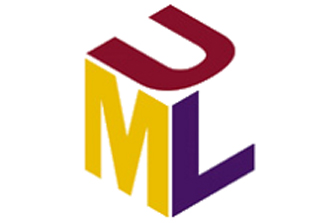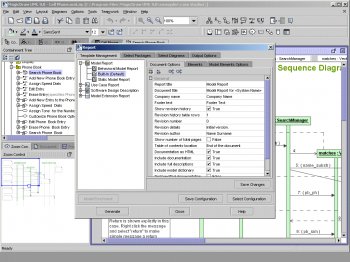
The incorporation of text-based requirements into SysML effectively accommodates a broad range of requirements. Use cases (which existed in UML) are effective for capturing the functional requirements, but not suitable for expressing non-functional requirements. A requirement may specify a function that a system must perform or a performance condition a system must achieve”. Let us quote the SysML Specification : “A requirement specifies a capability or condition that must (or should) be satisfied. It also includes relationships to other artifacts such as test cases or design blocks, for traceability purposes.Īll these constructs will be explained in detail in the following paragraphs. SysML defines specific elements for modeling requirements and their relationships which did not exist in the more well-known UML.

SysML new constructs for modeling text-based requirements For more information about SysML, a useful reference is. The requirement diagram and all its associated concepts will be detailed in the next chapter. SysML includes a graphical construct to represent text-based requirements and relate them to other model elements. The parametric diagram represents constraints on system property values such as performance, reliability and mass properties, and serves as a means to integrate the specification and design models with engineering analysis models. The package diagram is used to organize the model. The internal block diagram describes the internal structure of a system in terms of its parts, ports and connectors. A block definition diagram describes the system hierarchy and system/component classifications. The system structure is represented by block definition diagrams and internal block diagrams. The state machine diagram describes the state transitions and actions that a system or its parts perform in response to events. A sequence diagram represents the interaction between collaborating parts of a system. The activity diagram represents the flow of data and control between activities. A use case diagram provides a high-level description of functionality that is achieved through interaction among systems or system parts. The behavior diagrams include the use case diagram, activity diagram, sequence diagram and state machine diagram. Note that there is also a part of UML that is not required to implement SysML, which is shown by the region marked “UML not required by SysML”.įigure 2: SysML Diagram Types – from The region marked “SysML extensions to UML” in Figure 1 indicates the new modeling constructs defined for SysML that have no counterparts in UML, or which replace UML constructs. The intersection of the two circles, shown by the region marked “UML reused by SysML”, indicates the UML modeling constructs that SysML reuses. To visualize the relationship between the UML and SysML languages, consider the Venn diagram shown in Figure 1, where the sets of language constructs that comprise the languages are shown as the circles marked “UML” and “SysML” respectively. It is a specialized UML profile targeted to system engineering. SysML™ is a general-purpose graphical modeling language for specifying, analyzing, designing and verifying complex systems that may include hardware, software, information, personnel, procedures and facilities. In all domains, those building complex systems have already been modelling for a long time:
#MAGICDRAW UML VALIDATION EXAMPLE SAMPLE HOW TO#
We will also give practical recommendations on how to best use these particular modeling constructs. We will see how the Requirement diagram enables the capture of requirements hierarchies and derivations, and how the “satisfy” and “verify” relationships allow a modeler to relate a requirement to either a design element that satisfies it or a test case that verifies it.

This article will explore in depth the specific constructs proposed by SysML (as compared to UML) to model both requirements and traceability. It is particularly effective in specifying requirements: the structure, behavior, allocations and constraints on system properties that support engineering analysis. The Systems Modeling Language (SysML: is a general-purpose graphical modeling language, defined by the Object Management Group (OMG), based on the well-known Unified Modeling Language (UML: It is used for specifying, analyzing, designing and verifying complex systems, and is designed to provide simple but powerful constructs for modeling a wide range of systems engineering problems. In this paper, we will show how the SysML modeling language can be useful to complement the requirements process, i.e.

Process optimization via profound consulting and innovative solution concepts.


 0 kommentar(er)
0 kommentar(er)
